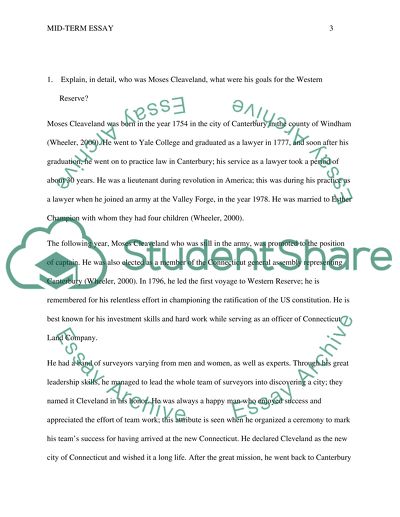Cite this document
(“Africans who lived in America Essay Example | Topics and Well Written Essays - 2000 words”, n.d.)
Africans who lived in America Essay Example | Topics and Well Written Essays - 2000 words. Retrieved from https://studentshare.org/history/1487308-mid-term-essay
Africans who lived in America Essay Example | Topics and Well Written Essays - 2000 words. Retrieved from https://studentshare.org/history/1487308-mid-term-essay
(Africans Who Lived in America Essay Example | Topics and Well Written Essays - 2000 Words)
Africans Who Lived in America Essay Example | Topics and Well Written Essays - 2000 Words. https://studentshare.org/history/1487308-mid-term-essay.
Africans Who Lived in America Essay Example | Topics and Well Written Essays - 2000 Words. https://studentshare.org/history/1487308-mid-term-essay.
“Africans Who Lived in America Essay Example | Topics and Well Written Essays - 2000 Words”, n.d. https://studentshare.org/history/1487308-mid-term-essay.


